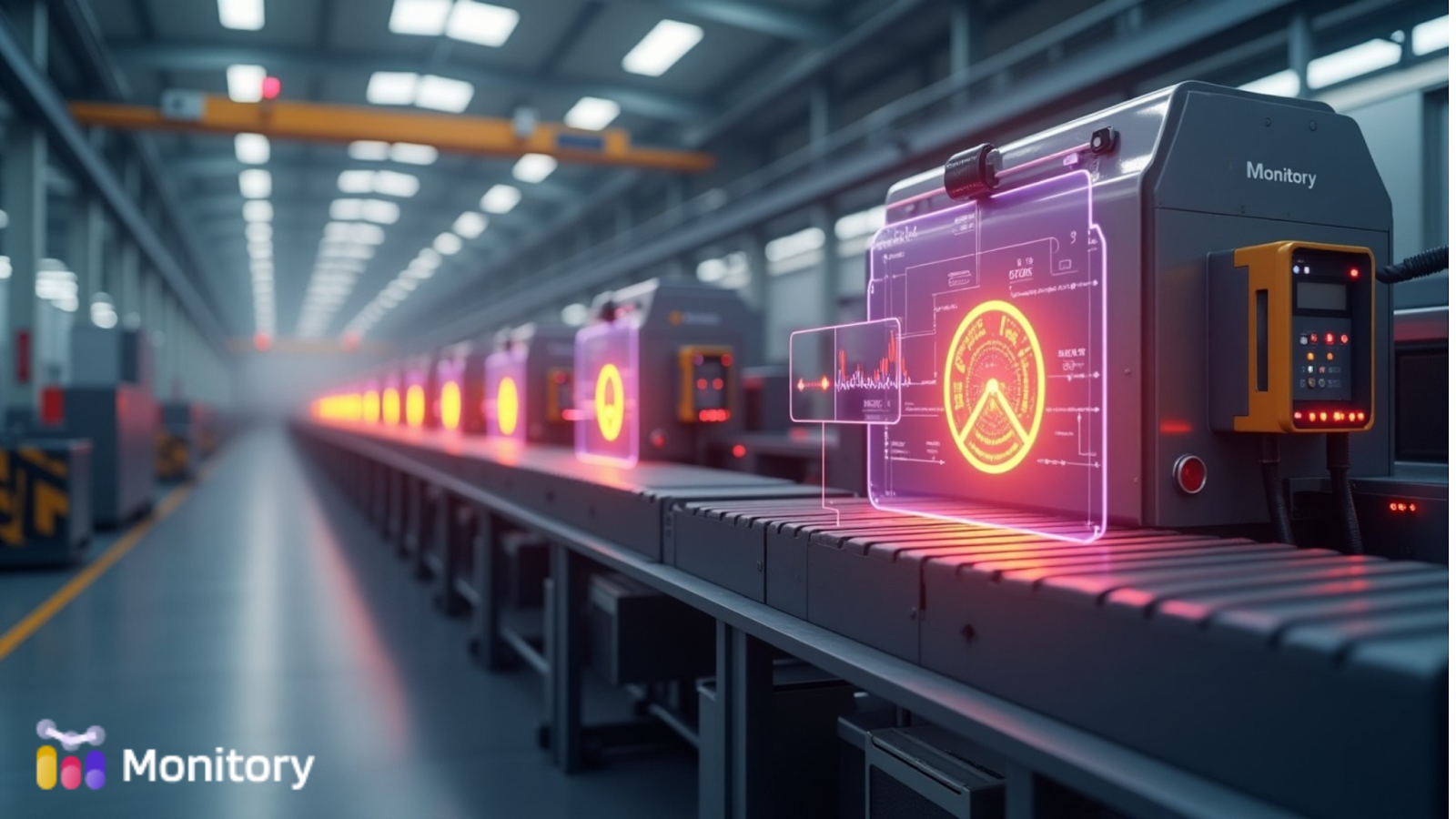Manufacturing needs a smarter way to maintain equipment.
On most factory floors, machines run for long stretches without pause. Operators push to meet orders, and maintenance crews spend much of their time fixing urgent issues instead of preventing them.
Unplanned downtime can halt production lines entirely. Depending on the industry, even an hour of stoppage may mean lost revenue, missed orders, and pressure from customers waiting on shipments. The traditional fix for this has been preventive maintenance — servicing machines at regular intervals, whether they need it or not. But this often leads to replacing parts that still work fine while missing failures that happen in between scheduled checks.
This is where predictive maintenance software offers an alternative — one that’s based on real equipment data instead of fixed schedules.
To understand why this approach is so effective, it helps to break down how predictive maintenance works.
Predictive maintenance software collects real-time data from equipment using sensors that measure things like temperature, vibration, and energy consumption. This information flows into analytical models that compare current performance to known “healthy” baselines.
The process typically involves:
Instead of swapping parts on a set timetable, teams act when the data signals a real risk of failure.

The brains behind the system are predictive analytics in manufacturing. By combining historical maintenance logs with current performance data, these analytics tools identify patterns that might be invisible to the human eye.
For example:
This approach bases maintenance decisions on measurable evidence. Patterns in the data highlight issues before they become visible on the floor.
Understanding predictive vs preventive maintenance is key to making the switch.
Moving to predictive maintenance software changes more than the tools you use, it changes how teams plan, prepare, and respond to equipment needs.
Manufacturers across industries are already seeing benefits:
In each case, predictive maintenance gives skilled technicians timely, accurate information so they can act before issues escalate.

The addition of AI supercharges the process. With AI in manufacturing maintenance, predictive systems:
AI can go beyond flagging a potential failure by showing the likely cause and suggesting targeted repair options.
As connectivity improves, industrial IoT maintenance is becoming the standard. Machines can communicate directly with maintenance systems, sharing real-time data and even coordinating tasks without human prompting.
In the near future, we may see:
For manufacturers, this points to a future where systems handle routine upkeep automatically, freeing staff to focus on complex issues.
Not everyone is quick to embrace these technologies. Common concerns include:
Many companies begin with one high-value asset. If the pilot shows reduced downtime and maintenance costs, it’s easier to justify expanding the approach.
Predictive maintenance software works alongside people, giving them clearer insight and better timing for every decision.
By understanding how predictive maintenance works, leveraging predictive analytics in manufacturing, comparing predictive vs preventive maintenance, and seeing real examples of predictive maintenance, it’s easier to see why adoption is accelerating.
When paired with AI in manufacturing maintenance and industrial IoT maintenance, predictive systems don’t just keep machines running — they make entire manufacturing operations more resilient, efficient, and ready for the future.
